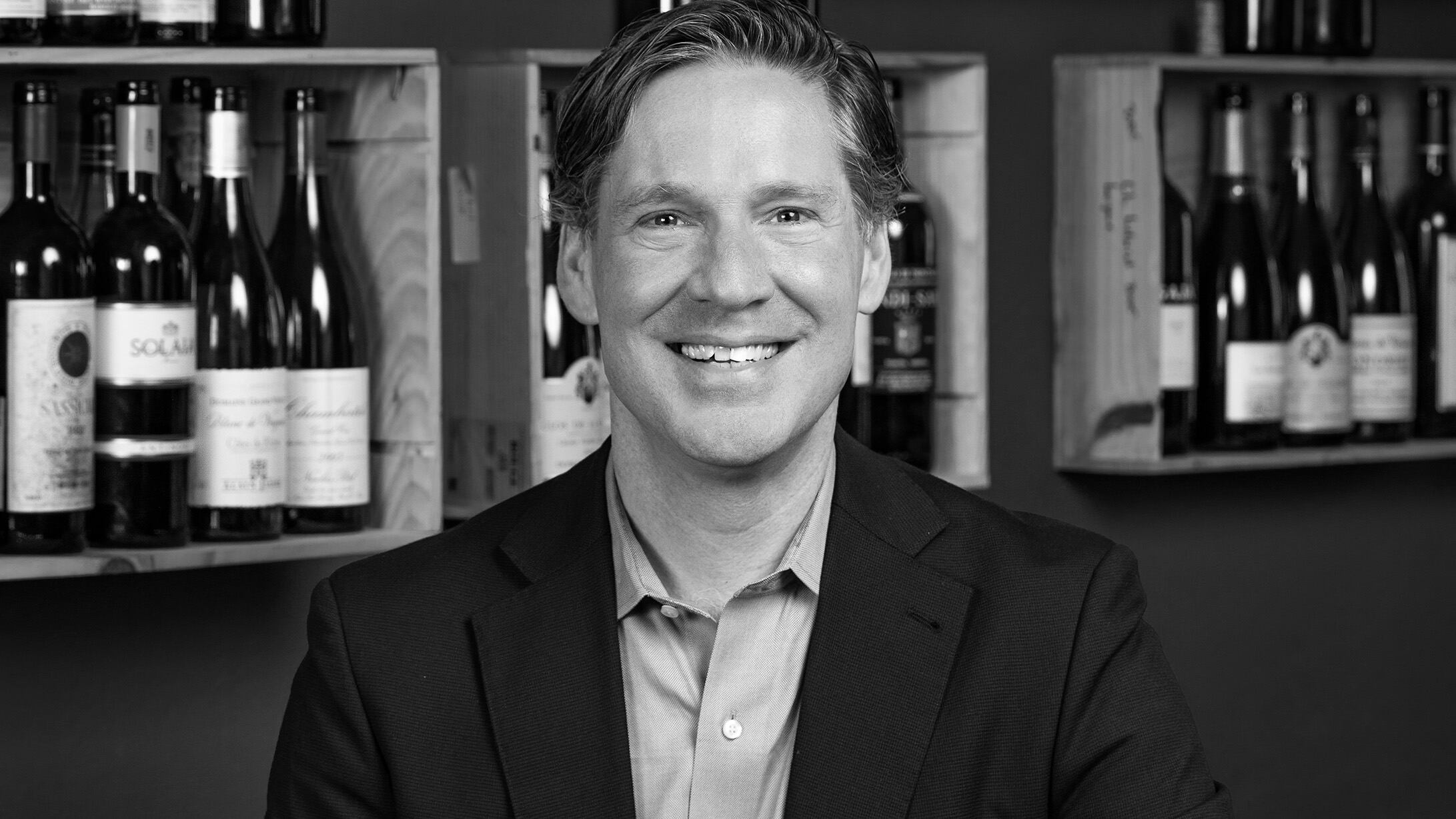Tell us about the moment you first became interested in wine
I fell in love with wine at 16. Friends drove me to Napa Valley to be the front man for the group, as I looked older than my age. We went first to Peju Winery, where Tony Peju served me my first wine - his first vintage. His amazing wines started me on a lifetime of revelling in all that is wine.
Over the course of your career, have you had any wine-related disasters?
Too many to count, and all of them my fault. Early Coravin prototypes all failed in one way or another – some quite dramatically. It’s the nature of engineering to fail early and often in the process of discovering the obvious problems with what you initially think is a simple solution to a complex problem. The very first prototype of Coravin lacked a regulator – a critical component that precisely limits the output pressure into the bottle from the compressed capsule of argon. All I will say is: purple cloud and a loud bang.
Name your top three restaurant wine lists
Noble Rot in London, Macchialina in Miami, and Chambers in New York.
Who do you most respect in the wine world?
One of the greatest challenges in wine is clearly communicating its epic diversity in a way that excites consumers to try something new. Jancis Robinson does this every week on her website and in the Financial Times. I also feel like she has found the perfect way to connect her passion for wine with her talents – travelling, tasting and writing.
What’s the most interesting wine you’ve come across recently?
There is a relatively new form of grape cultivation that enables a winter harvest in regions like the north of Brazil, where rains make conventional harvest impractical. I recently visited the region of Espírito Santo, north of São Paulo, and had a delicious Rhône blend from a tiny winery named Mirantus, made in this way.
What are the three most overused tasting notes?
Minerality, richness and masculine and feminine. The latter two are sexism incarnate and functionally meaningless when describing a wine.
What is your ultimate food and drink match?
Rosé Champagne and pizza.
Old World or New World?
Old World. I love Champagne and the Northern Rhône. Still, I dislike the distinction. South America and Australia have many of the oldest surviving grape vines, and winemakers are travelling the planet no matter their birth country. I have found numerous wines I love from almost any region.
What is your pet hate when it comes to wine service in other restaurants?
Uncreative, industrial, dispassionate wine lists of current vintages with few choices by the glass, all of which can be found at a good grocery store. When there is nothing to discover, I feel like I’m wasting a meal.
Who is your favourite producer right now?
As the inventor of Coravin, my love of variety prevents me from having only one favourite. However, the wines I reach for most often are the Beaujolais of Domaine Jean Foillard. They are consistently delicious, drink beautifully young, age extremely well, and pair with almost everything.
Which wine producing region or country is underrated at the moment?
Galicia, in north-western Spain, makes some of the best wines in difficult terrain and sells them for far less than the value of the joy they bring. I’m a sucker for great Mencía.
It’s your last meal and you can have a bottle of any wine in the world. What is it and why?
If my last meal is alone – which I hope it isn’t – 1985 Jean-Louis Chave Hermitage. This is one of the top bottles I’ve had the privilege to drink, and it brilliantly demonstrates all that is amazing about this crazy symbiosis between humans and grapes. If this meal is with my wonderful spouse and/or good friends – which I hope it is – Krug 1996 out of magnum, to celebrate a life well lived.
Earlier this week, Coravin launched The Coravin Guide, the world’s first digital guide to great wine-by-the-glass menus around the world. The guide will initially cover London, Sydney, Melbourne, Milan, the Netherlands and California, with additional cities to follow in the coming months. Featured venues will be recognised through a tiering system reflecting the breadth of their by-the-glass programmes.


